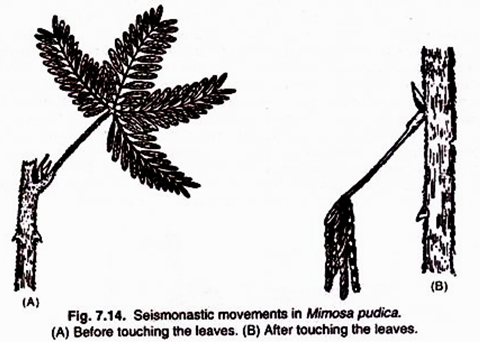ADVERTISEMENTS:
i. Robert Hooke (1665), an English scientist, discovered and coined the term cell which he mentioned in his book “Micrographic” in the chapter “observe-XVIII”.
While examining a thin slice of bottle cork under a self-designed compound microscope he noticed honeycomb like compartments or units (Fig. 1.1) which he called cells.
The term cell was derived from a Latin word cellular (meaning little room or chamber). The cork cells that Hooke observed were actually the cell wails surrounding the empty lumens of dead cells.
ii. Anton von Leeuwenhoek (1674), a Dutch microscopist, first observed living cells like bacteria from tartar of teeth, protozoans, erythrocytes, sperm cells etc.
iii. Robert Brown (1831), a Scottish botanist, discovered the presence of nucleus in the root cells of orchids.
iv. J.E. Purkinjee (1839), coined the term ‘protoplasm’ for the living substance present inside the cell. Huxley (1868) called it the “Physical oasis of life”.
Cell Theory:
Mathias Schleiden (1838), a German botanist, first reported that all plant tissues consist of either one or the other kind of cells. In the following year, a German Zoologist Theodor Schwann extended Schleiden’s observation to animal tissues. He found that animal tissues were made of cells and they differ from plant cells in lacking a cell wall. Schwann (1839) therefore proposed the cell hypothesis which states that the bodies of animals and plants are composed of cells.
ADVERTISEMENTS:
Later, Schwann’s cell hypothesis was raised to the status of the cell theory by the combined views of Schleiden and Schwann (1839).
The cell theory states that:
1. All living organisms are composed of cells and their products.
2. All cells are basically alike in chemical compositions and metabollic activities.
3. Each cell is a mass of protoplasm that contains a nucleus and bounded by cell membrane with or without cell wall.
4. The activity of an organism as a whole is the sum total of activities and interactions of its constituent cells.
3. All cells arise from pre-existing cells.
In fact, the last point was the addition of Rudolf Virchow (1855), a German pathologist who made the important declaration that new cells arise from the division of the pre-existing cells — Omnis cellula e cellula (theory of cell lineage). This finding gave cell theory a final shape. However, Louis Pasteur (18G2) experimentally proved that life originates from pre-existing life. Since the inception of Virchow’s view, many new additions have been made, so that the modified version of cell theory as understood now is known as ceil principle or cell doctrine or modern cell theory.
Exceptions to Cell theory:
Cell theory does not have universal application, it has many exceptions which are as follows:
ADVERTISEMENTS:
1. Viruses, Viroias and Prions don’t have a cellular architecture.
2. Eubacteria and archebacteria do not have an organized nucleus.
3. Certain algae (Vaacheria), fungi (Rhizopus, Mucor etc), and Ciliates are Coenocytic in nature i.e. consists of multinucleate mass of protoplasm.
4. RBCs and mature sieve tube cells live without nucleus and other cell organelles.
ADVERTISEMENTS:
5. Connective tissues contain a lot of non-cellular ground substances called matrix.
6. Protoplasm is replaced by non-living materials in the surface ceil of skin and cork.
Types of Cell:
On the basis of nuclear organization, Dougherty (1957) classified cells into the two types i.e. Prokaryotic cell and Eukaryotic cell. Later, Dodge (1966) proposed a third type of cell called Mesokayotic cell, which can be placed in between the prokaryotic and eukaryotic cells.
1. Prokaryotic cell (Gr. Pro – Primitive, Karynucleus):
ADVERTISEMENTS:
It is a primitive type of cell characterized by the absence of a nucleus and the presence one-enveloped system of organization. Prokaryotic cells occurs in the members of monerans (=Prokaryotes).
2. Eukaryotic cell (Gr. Eu=Good or true):
It is a cell characterized by the presence of a true nucleus having nuclear envelope, typical chromosomes and the mitotic apparatus. Two envelope system of organization can be noticed. Eukaryotic cells found in the members of eukaryotes like protista, plantae, fungi and animalia.
3. Mesokaryotic cell:
ADVERTISEMENTS:
It is the type of cell that possesses an organized nucleus but the chromosomes contain acidic proteins instead of basic histone proteins found in eukaryotic chromosomes. Further, chromosomes remain in the condensed state even in interphase and formation of mitotic spindle absent. Mesokaryotic cells occur in protozoa like Noctiluca, certain algae like Gymnodiminum, Peridinium etc.
